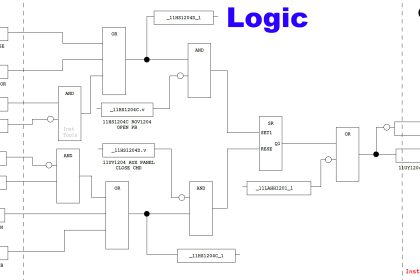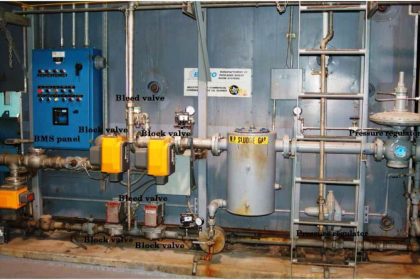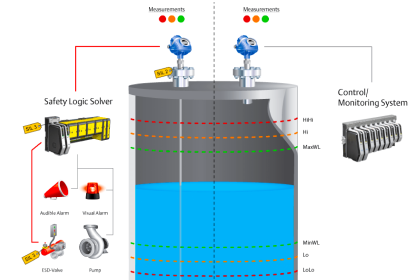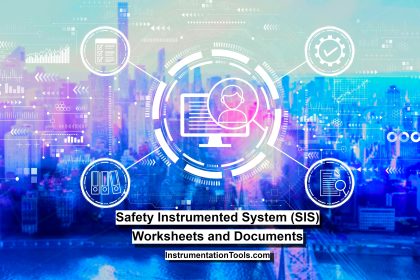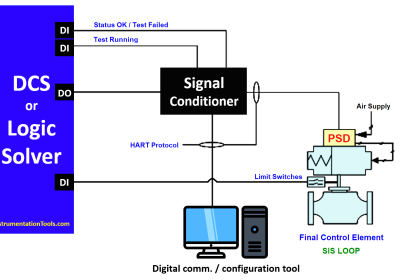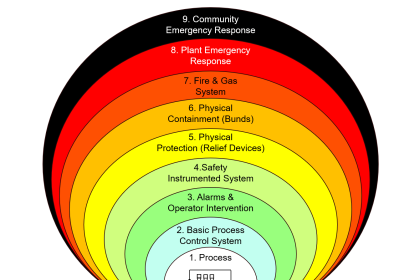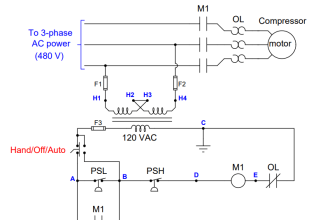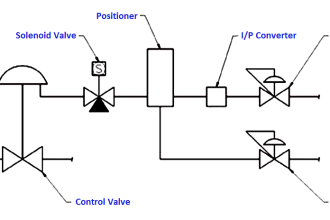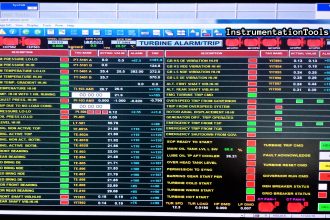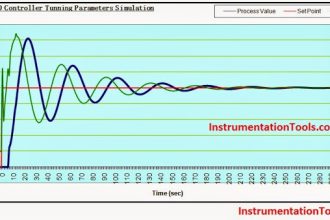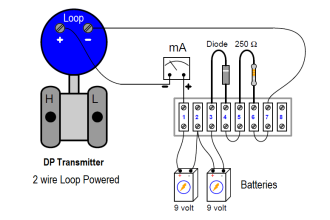A Rupture Disc, also known as a pressure safety disc, burst disc, bursting disc, or burst diaphragm, is a non-reclosing pressure relief device that, in most uses, protects a pressure vessel, equipment or system from over-pressurization or potentially damaging vacuum conditions.
One of the simplest forms of overpressure protection for process lines and vessels is a device known as a Rupture Disk.
This is nothing more than a thin sheet of material (usually alloy steel) designed to rupture in the event of an overpressure condition.
The amount of force applied to this thin metal sheet is given by the formula F = PA (force equals pressure times area). The thin metal sheet is designed to rupture at a certain threshold of force equivalent to the burst pressure (P = F/A).
Once the disk ruptures, the fluid vents through new-formed path, thus relieving pressure. Like an electrical fuse, a rupture disk is a one-time device which must be replaced after it has “blown.”
Rupture disks
A photograph of a small rupture disk (prior to being placed in service) appears here:
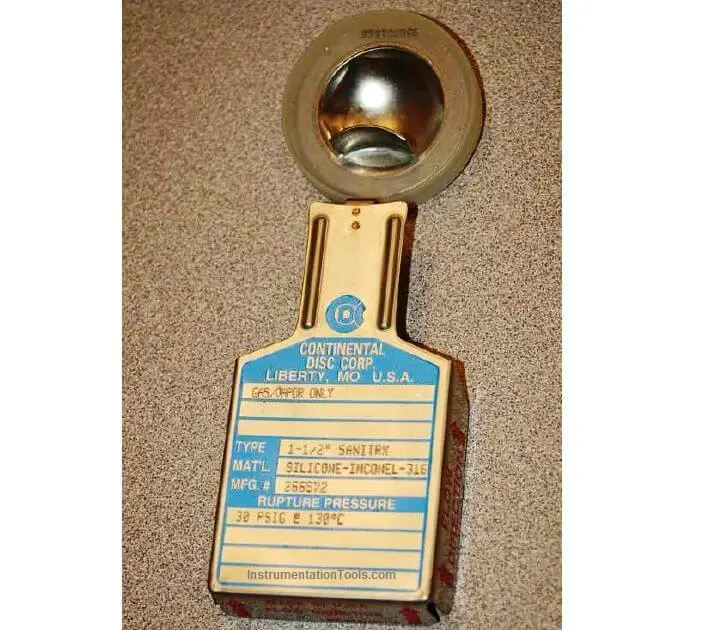
The particular rupture disk shown here has a burst pressure of 30 PSI at a temperature of 130 deg C. Temperature is an important factor in the rating of a rupture disk, as the physical strength of the thin metal rupture element changes with temperature. This metal disk is usually quite thin, usually in the order of 0.002 to 0.060 inches in thickness.
Some modern rupture disks use a graphite rupture element instead of metal. Not only does graphite exhibit better corrosion resistance to process fluids than metal, but it also does not fatigue in the same way that metal will over time. Burst pressure for a graphite rupture disk, therefore, may be more consistent than with a metal disk.
A significant disadvantage of graphite rupture disks, however, is their tendency to shatter upon bursting. Metal rupture disks merely tear, but a graphite rupture disk tends to break into small pieces which are then carried away by the exiting fluid. These graphite shards may exit as shrapnel, or even lodge inside the mechanism of a valve if one is installed downstream of the rupture disk.
